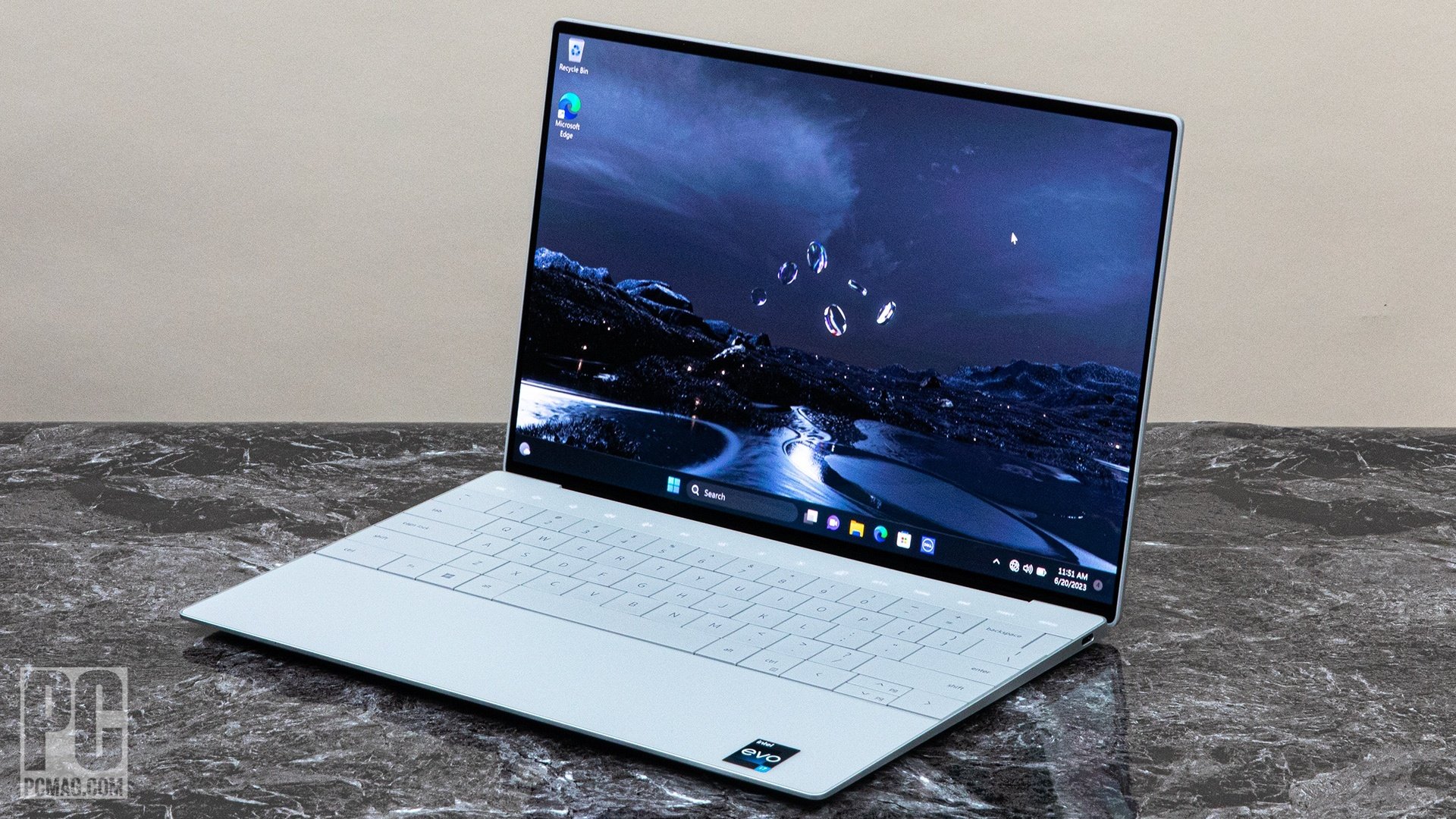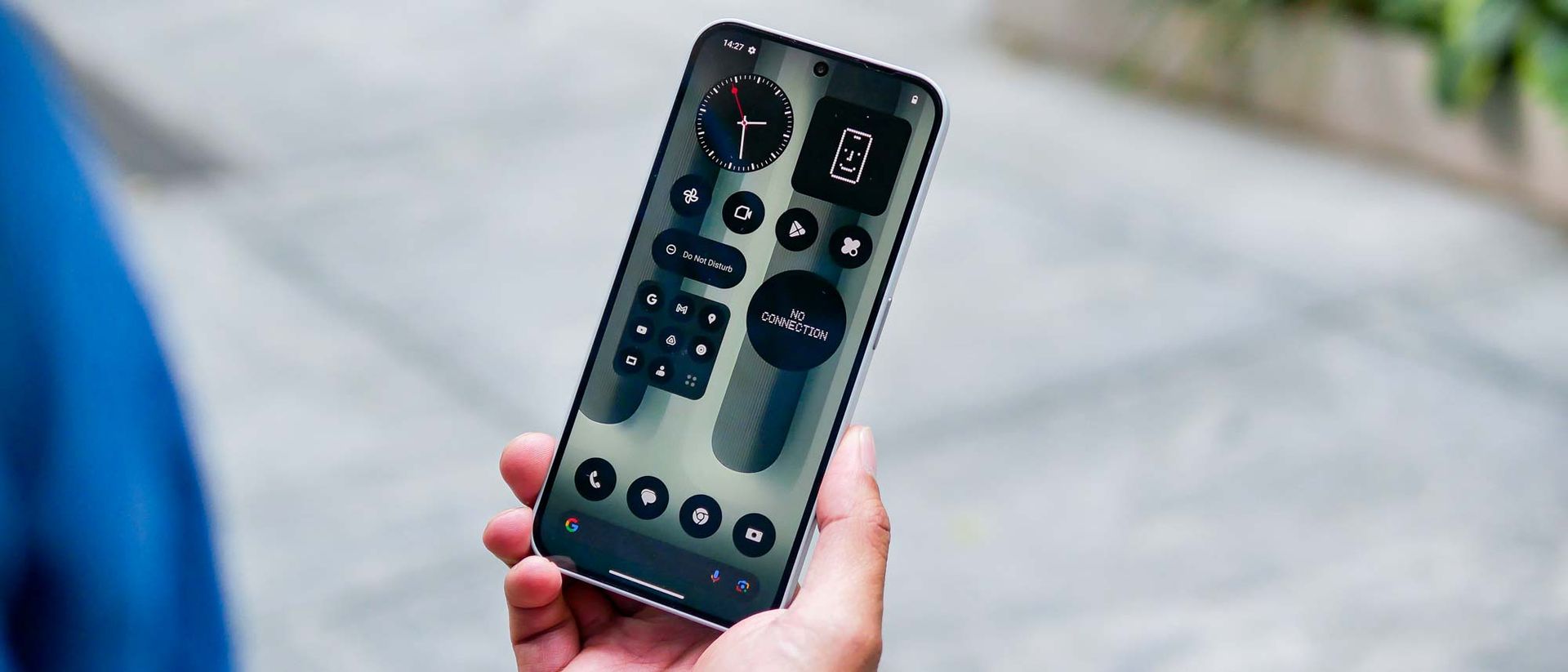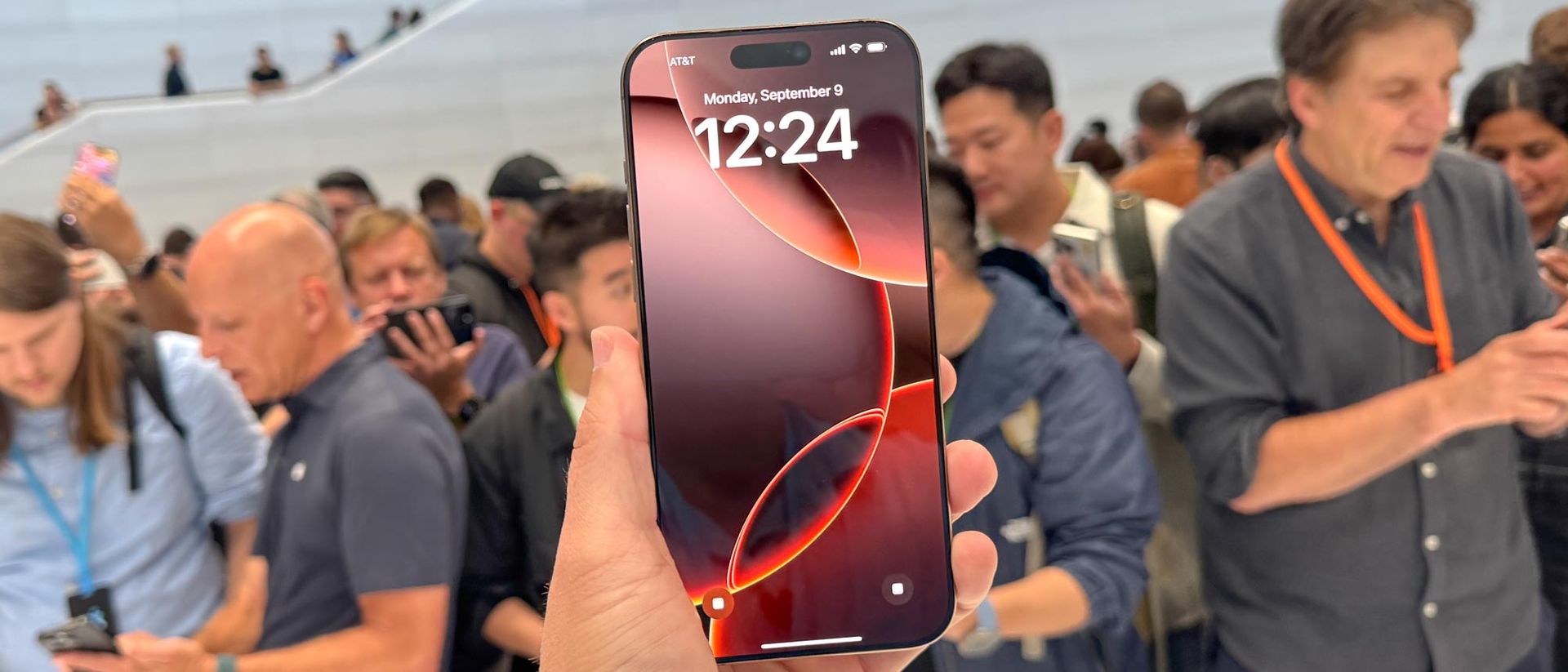Trade in Dell XPS 13 Plus (2023)

(Image credit: pcmag)
What do you call the flagship of a flagship? A year ago, Dell introduced an even more premium version of its legendary ultraportable the Dell XPS 13. The first Dell XPS 13 Plus flaunted an edge-to-edge keyboard with elegant LED function keys and an invisible touchpad. Today’s second-generation XPS 13 Plus model 9320 (starts at $1,199; $1,499 as tested) is the same slick design with a 13th Generation Intel processor and a spiffy OLED screen. It’s a flashy status symbol, but its lack of ports and battery life keep it from toppling the Lenovo ThinkPad X1 Carbon Gen 11 and HP Pavilion Plus 14 as our Editors’ Choice holders.
We are Tradelectronics, licensed second-hand electronics dealer located in Sydney CBD, experts in trading used laptops, old cameras & lens, and used mobile phones. Fast, Reliable & We Pay More! Get a free quote on your favourite WhatsApp, Facebook, SMS & Email, instant reply!
| Click icon for WhatsApp Quote | Click icon for facebook Quote |
 |
 |
- We are open from Mon – Sat 12pm – 7pm
- Get your free quote from WhatsApp and Messenger are highly recommended, we can guide you through in finding the accurate specs for your laptops, cameras & lens, mobile phones as well. As such we can provide a more precise quote for you.
Actually Pretty Affordable
Available in Platinum or Graphite machined aluminum, the XPS 13 Plus laptop stands as one of the most visually appealing choices on the market. Notably, the laptop’s 13.4-inch display is encased by ultra-thin bezels, boasting a 91.9% screen-to-body ratio according to Dell. The palm rest’s sleek design presents a seamless pane of glass, while the touchpad is devoid of lines or buttons. The keyboard, featuring a lattice-free layout with slightly enlarged keys, is accompanied by a capacitive touch strip on the top row. This strip, illuminated by LEDs, showcases controls for volume, brightness, microphone mute, and more. (Pressing Fn+Esc transforms them into F1 through F12 functions, as seen in many laptops.)
The ultraportable’s dimensions measure 0.6 by 11.6 by 7.8 inches, with a weight of 2.71 pounds for the IPS screen variant or 2.77 pounds for the OLED panel version. These dimensions position it similarly to the 13.6-inch Apple MacBook Air (0.44 by 12 by 8.5 inches) in weight, with a slight increase in thickness but a trimmer overall profile. Compared to the 13.3-inch Asus Zenbook S 13 OLED, the XPS 13 Plus is similar in size to the Apple option but is half a pound heavier.
Dell’s base model, priced at $1,199, offers an Intel Core i7-1360P processor, 16GB of LPDDR5 memory, a 512GB NVMe solid-state drive, Windows 11 Home, and a non-touch IPS screen with 1,920-by-1,200-pixel resolution. Opting for a touch screen adds $100, as does upgrading to a 1TB SSD. Selecting Windows 11 Pro comes at an additional cost of $50, while doubling the RAM to 32GB requires an extra $150.
It’s worth noting that the Intel Core i7-1360P stands as the sole CPU choice, featuring four Performance cores, eight Efficient cores, and 16 threads. This chip choice is notable because it deviates from the usual 15-watt U-series chips found in most ultraportables, opting for the more powerful 28W P-series, which offer enhanced performance while posing increased cooling challenges.
For an additional $200 beyond the full HD touch screen, users can select either of two touch-capable upgrades, both sporting a 16:10 aspect ratio: a 3,840-by-2,400-pixel IPS display rated at 500 nits of brightness or the reviewed unit’s slightly dimmer (400-nit), slightly lower-resolution (3,456-by-2,160) panel with ultra-high-contrast OLED technology. With the OLED screen, 16GB of RAM, and 512GB of storage, the review model was priced at $1,499 during the “Christmas in July” sale (down from $1,699).
The XPS 13 Plus incorporates both a fingerprint reader integrated into the power button and a webcam equipped with face recognition for seamless Windows Hello logins. However, similar to the MacBook Air, the laptop is modest on ports, offering only two Thunderbolt 4 ports, one on each side. The AC adapter uses a USB-C connector, further limiting port availability.
Consequently, USB Type-A, HDMI, Ethernet, SD/microSD card slots, and 4G/5G mobile broadband are absent, even a headphone jack. The laptop features Wi-Fi 6E and Bluetooth capabilities, and external monitors can be connected through USB-C DisplayPort dongles. Additionally, Dell provides USB-A and 3.5mm audio adapters in the box. In comparison, the X1 Carbon’s six ports, plus optional WWAN, overshadow the port offerings of the XPS 13 Plus.
A Not-So-Cheap Camera
A standout feature of the XPS 13 Plus is its captivating OLED touch screen, often likened to a work of modern art. The screen boasts ample brightness, coupled with vibrant and lustrous colors. While testing indicated it just slightly below its specified 400 nits, OLED’s remarkable contrast allows for lower acceptable levels than those of IPS panels.
With white backgrounds appearing impeccably clean and blacks resembling India ink, the display’s wide viewing angles and sharp rendering of fine details contribute to a pixelation-free experience around letter edges. The slim bezels guarantee an immersive visual experience, although the screen’s tilt angle is slightly limited.
While the laptop houses a somewhat retro 720p webcam instead of the now-common 1080p or higher resolutions, the image quality is surprisingly commendable. Images captured exhibit good illumination, vibrant colors, and minimal visual noise. An optional special-effects feature allows for background blurring, albeit accompanied by a fuzzy halo. It’s unfortunate that the webcam lacks a security shutter.
The Maxx Audio Pro software offers sound customization options, including an equalizer, as well as bass, treble, and high controls for refining audio from the quad speakers (two upward-firing beneath the keyboard and two downward-firing on the sides). The audio output is reasonably robust and clear, though some reverberation becomes apparent at higher volumes. Bass output is limited, and overlapping tracks are challenging to distinguish.
The keyboard design leans towards aesthetics rather than functionality. Ridges on the F and J keys aid in finger placement, but due to the minimal spacing between keys, it takes time to become accustomed. Typing errors are infrequent if you relax into the typing process, although the keys seem to blend together. Despite its comfort, the typing experience is shallow. The arrangement of cursor arrow keys in a linear fashion, instead of the more ergonomic inverted T layout, is a drawback. Page Up and Page Down functions necessitate the Fn key alongside the up and down arrows, although dedicated Home and End keys are present in the top LED row.
Similarly, the borderless touchpad sans physical buttons necessitates an adjustment period. While its glide and tap functions are responsive, the absence of defined edges might lead to accidental finger slips. Right-clicking requires some guesswork. However, tapping where the right-click button would be proves functional in most cases.
The MyDell app bundled with the laptop facilitates launching Maxx Audio Pro, selecting Dolby Vision screen profiles (bright, dark, or vivid), managing power/cooling modes, and controlling webcam presence detection to lock and wake the system. The SupportAssist software manages driver updates, performance optimization, network optimization, and clutter removal, alongside providing warranty information. The laptop also includes a 12-month McAfee LiveSafe subscription to counter malware.
Testing the Dell XPS 13 Plus: Competing for the Featherweight Title
For our comprehensive benchmark analysis, we engaged in a head-to-head comparison between the XPS 13 Plus model 9320 and elite ultraportables: the 14-inch Lenovo ThinkPad X1 Carbon Gen 11 and the 13.6-inch Apple MacBook Air M2. Two additional 13.3-inch contenders, each weighing in at a lighter 2.2 pounds compared to the Dell, are the MSI Prestige 13 Evo (with the same price and processor as the XPS 13 Plus but a lower-resolution IPS display) and the Asus Zenbook S 13 OLED, featuring a 2,880-by-1,800-pixel OLED panel.
Productivity Tests
The key benchmark, UL’s PCMark 10, orchestrates a simulation of diverse real-world tasks encompassing productivity and content creation. This encompasses activities such as word processing, spreadsheet management, web browsing, and video conferencing, offering a comprehensive measure of performance for office-oriented responsibilities. Additionally, the PCMark 10 Full System Drive test evaluates storage performance in terms of load times and throughput.
Three other benchmarks focus exclusively on the CPU, leveraging all available cores and threads to gauge a laptop’s aptitude for processor-intensive workloads. Maxon’s Cinebench R23 employs the Cinema 4D engine for rendering intricate scenes, while HandBrake 1.4 serves as an open-source video transcoder, measuring the time taken to convert a 12-minute video clip from 4K to 1080p resolution (with lower times being more favorable). Primate Labs’ Geekbench mimics the functionality of popular applications, covering tasks ranging from PDF rendering and speech recognition to machine learning.
The content creation aspect is evaluated through PugetBench for Photoshop, an automated extension to Adobe’s Creative Cloud image editor, developed by workstation manufacturer Puget Systems. This benchmark employs a variety of general and GPU-accelerated tasks, including image opening, rotation, resizing, as well as applying masks, gradient fills, and filters.
Based on the PCMark 10 scores, these ultraportables exhibit remarkable prowess for everyday applications like Microsoft Word and Excel. The XPS 13 Plus generally ranks alongside the Prestige 13 Evo and MacBook Air in CPU tests, although it might fall short in certain instances. Nonetheless, its swiftness and screen quality render the XPS 13 Plus a prime candidate for tasks like Photoshop image editing.
Graphics Tests
Our assessment of Windows PCs’ graphics involves employing two DirectX 12 gaming simulations from UL’s 3DMark suite: Night Raid, designed for laptops featuring integrated graphics, and Time Spy, which caters to gaming setups equipped with discrete GPUs.
Furthermore, we delve into graphics evaluation by conducting two tests from the cross-platform GPU benchmark GFXBench 5. This benchmark comprises low-level routines, including texturing, and high-level, game-like image rendering. The tests, Aztec Ruins (1440p) and Car Chase (1080p), exercise graphics and compute shaders through OpenGL programming and hardware tessellation, respectively. The frame rate (fps) serves as the performance metric, with higher values indicating better performance.
The Apple M2 chip’s integrated graphics emerged as the frontrunner, surpassing the Intel Core i7’s GPU within the XPS 13 Plus. Nevertheless, neither contender approaches the 3D performance levels achieved by a dedicated GPU. While these lightweight laptops are suitable for casual gaming and video streaming, they prove inadequate for demanding genres like shoot-em-ups or high-level rendering tasks.
Battery and Display Tests
Our evaluation of laptop battery life comprises playing a locally stored 720p video file (Tears of Steel, an open-source Blender movie) at 50% display brightness and 100% audio volume. Before the test, we ensure the battery is fully charged, deactivating Wi-Fi and keyboard backlighting.
To assess display capabilities, we utilize the Datacolor SpyderX Elite monitor calibration sensor alongside its Windows software. This methodology measures color saturation of the laptop screen, indicating the percentage of the sRGB, Adobe RGB, and DCI-P3 color gamuts the display can reproduce. Additionally, it measures the screen’s 50% and peak brightness in nits (candelas per square meter).
Our review rating experienced a downgrade from four stars to three and a half stars at this stage. While acknowledging that the top-row LEDs remain active even when the rest of the keyboard lighting is turned off, the laptop’s battery life falls notably short of today’s ultraportable standards. The OLED screen’s elevated brightness level contributes to this, while also excelling in our color quality assessments. Regrettably, the XPS 13 Plus falls short in terms of unplugged endurance, as it may not be capable of sustaining an entire day’s worth of work without requiring a recharge.
Verdict: Cute and Compact, But at the Cost of Convenience
The Dell XPS 13 Plus unquestionably stands as an appealing laptop, and one might even venture to call it stunning when appreciating its sleek dimensions, impressive high-resolution OLED touch screen, and seamless palm rest design. However, unless opting for the base IPS screen, the laptop’s battery life fails to stand up against its ultraportable counterparts. Moreover, the dearth of ports beyond Thunderbolt poses a notable inconvenience, even with the inclusion of adapters. While the Dell XPS 13 Plus earns accolades for its style, it doesn’t quite match up in terms of execution. Although it exhibits strengths in aesthetics, the Plus variant necessitates further enhancements to warrant a place among the top contenders.
Source: PCMag


